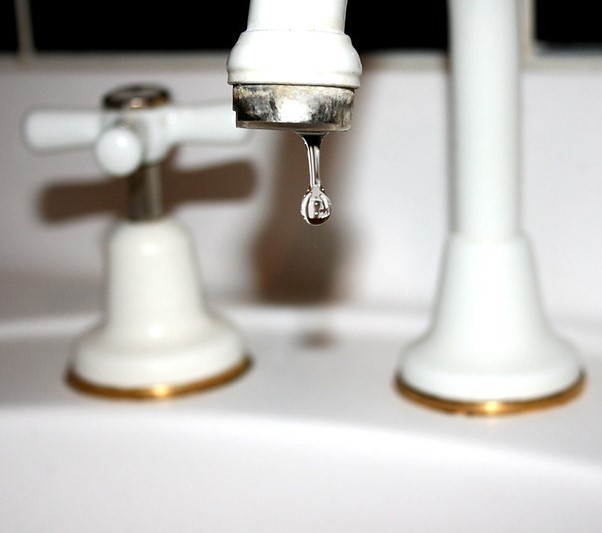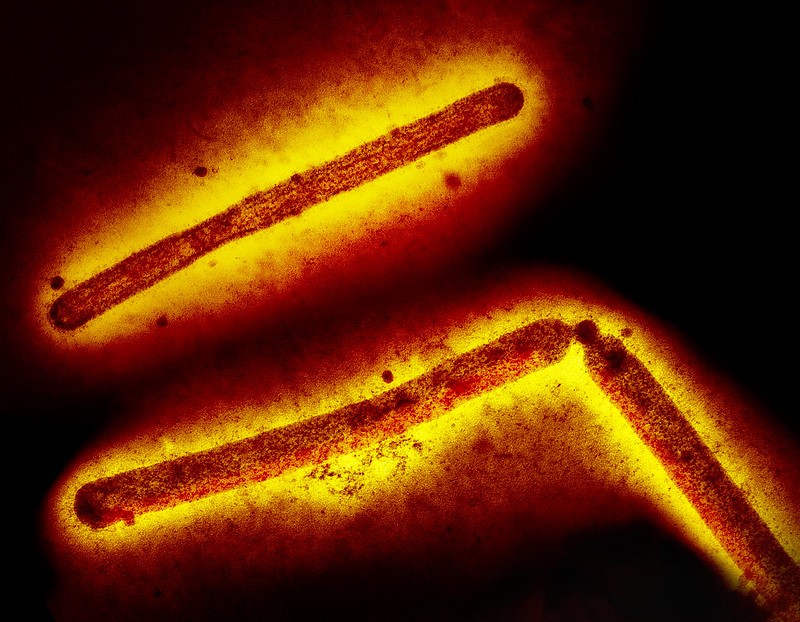
An analysis of fecal metagenomes and household survey data suggests that access to clean water and sanitation could be a strategy to curb antimicrobial resistance (AMR) in low- and middle-income countries (LMICs), an international team of researchers reported late last week in The Lancet Microbe.
Using 1,589 publicly available human fecal metagenomes from 26 countries, a team led by researchers from the University of California, Berkeley, identified antibiotic resistance genes (ARGs) and calculated their relative abundance by region. They then analyzed data from Demographic and Health Surveys—which include questions about access to water, sanitation and hygiene (WASH)—from geospatially tagged and nationally representative datasets to determine associations between ARG abundance and access to improved WASH.
The mean abundance of ARGs was highest in Africa compared with Europe (P = 0.014), North America (P = 0.0032), and the Western Pacific (P = 0.011), and second highest in Southeast Asia compared with Europe (P = 0.047) and North America (P = 0.014). Abundance trends varied by drug class, with beta-lactamase gene abundance highest in Africa and Southeast Asia and tetracycline resistance ubiquitous throughout all regions.
Going from 0% to 100% access to improved WASH was associated with an estimated 0.22 (95% confidence interval [CI], –0.39 to –0.05) reduction in AGR abundance. The magnitude of the association was higher for improved sanitation access alone (–0.13; 95% CI, –0.31 to –0.05) compared with improved drinking water access alone (–0.08; 95% CI, –0.28 to 0.11), and in urban (–0.32; 95% CI, –0.63 to 0.00) compared with rural (–0.16; 95% CI, –0.38 to 0.07) areas.
The most statistically significant reduction in ARGs was associated with access to combined improvements in water and sanitation.
The study authors note that while the findings are limited by the observational, ecological nature of the study, and additional research is needed to determine if there is a causal relationship between improved WASH and the burden of AMR, the findings nonetheless suggest that efforts to improve WASH access should be part of national AMR action plans.
"We found the most statistically significant reduction in ARGs was associated with access to combined improvements in water and sanitation, suggesting that comprehensive WASH access might be more effective than single interventions," they wrote.

 A deep-learning (DL) model that analyzes the initial chest x-rays of patients who have community-acquired pneumonia (CAP) may predict the risk of death by 30 days more accurately than an established risk-prediction tool, finds a new
A deep-learning (DL) model that analyzes the initial chest x-rays of patients who have community-acquired pneumonia (CAP) may predict the risk of death by 30 days more accurately than an established risk-prediction tool, finds a new 














